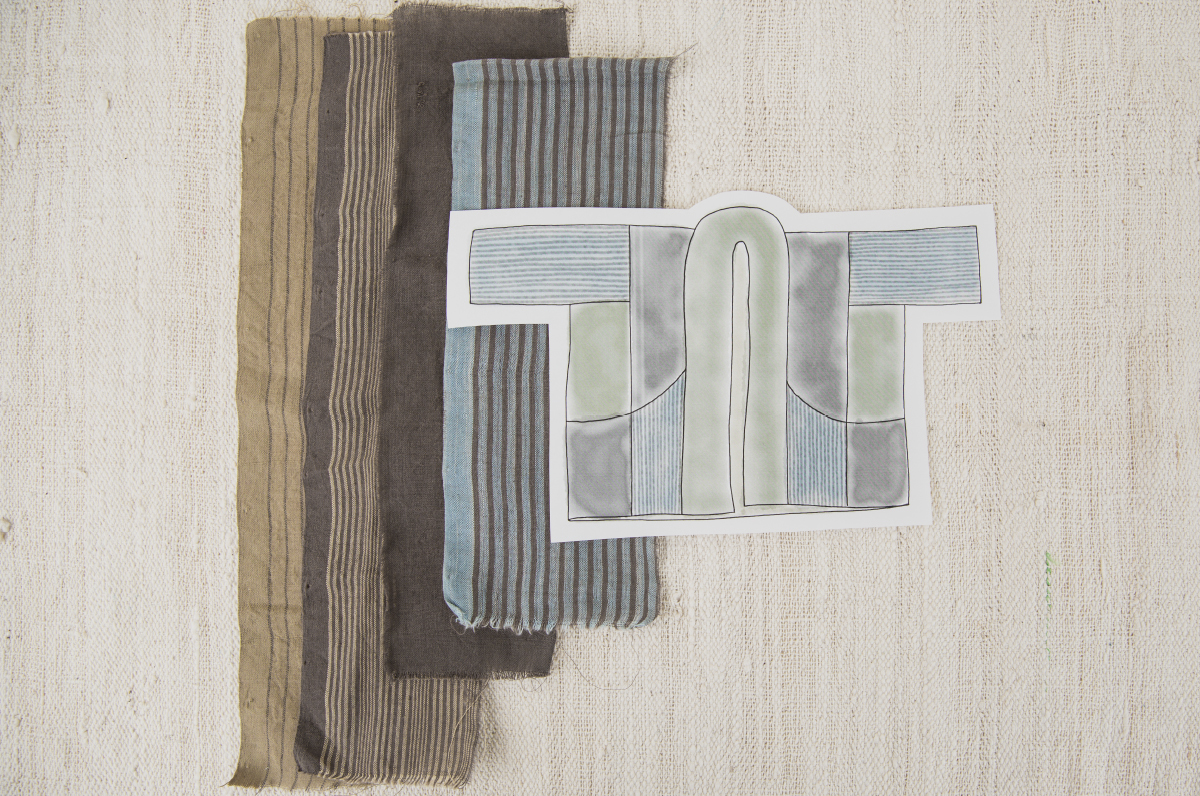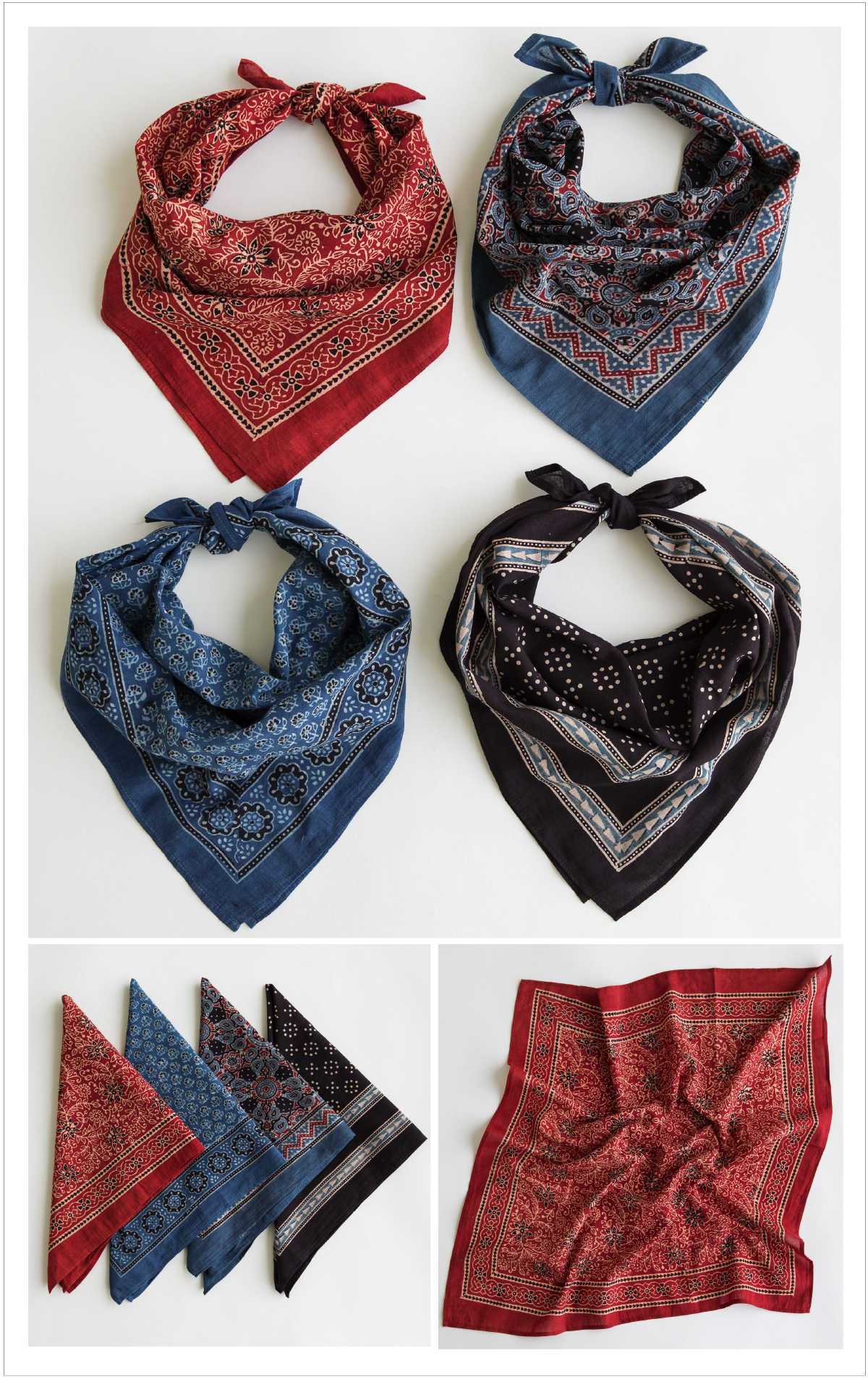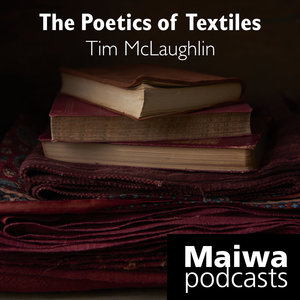NATURAL DYES in BENGAL
Over the past few decades of working in Bengal we've witnessed a remarkable change. It used to be that the skilled yarn dyers in the rural areas north of Kolkata would do natural dyes for our orders, but not so much for themselves. The previous generation knew natural dyes, but the knowledge was fading, and synthetic dyes were fast, easy and cheap.
Fast, easy, cheap, and perhaps (for those using the unregulated dyes available to the Indian market) a bit of a health risk. There were reports of village dyers with health issues, and the ever present issue of waste water from dye studios was always visible.
But over the past five years we've witnessed a renewed desire to use natural dyes. And the motivation for this change is coming from within the younger generation of weavers. Established modern artisans who have rejected urban life in favour of the country. An entire generation that sees the rural area not as a place to get away from, but rather a place to make home.
This generation of weavers are planing for the long term. With renewed skills in natural dyes and a growing international market, weavers are taking control of the dyeing — for the future of their families, and the future of weaving.

































































